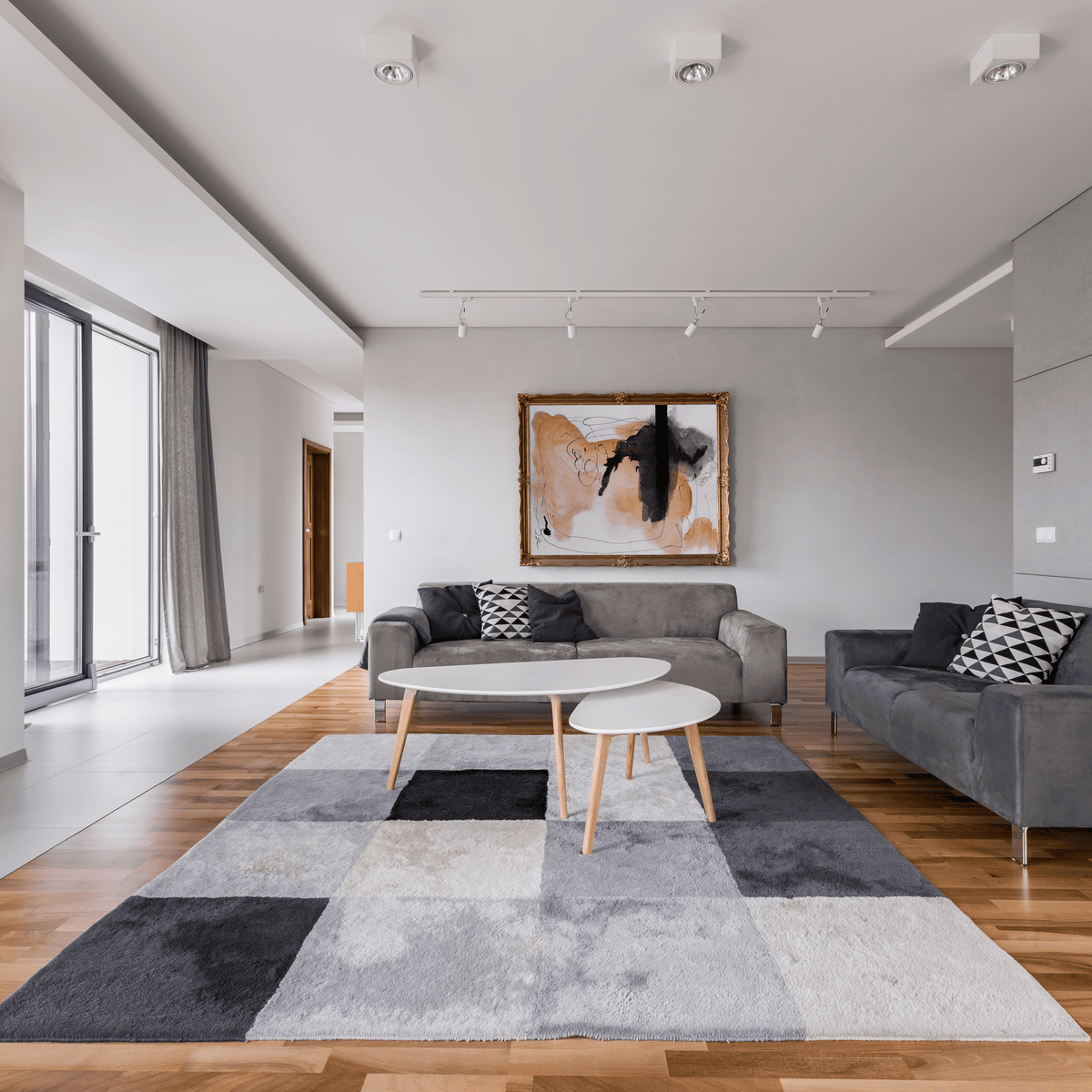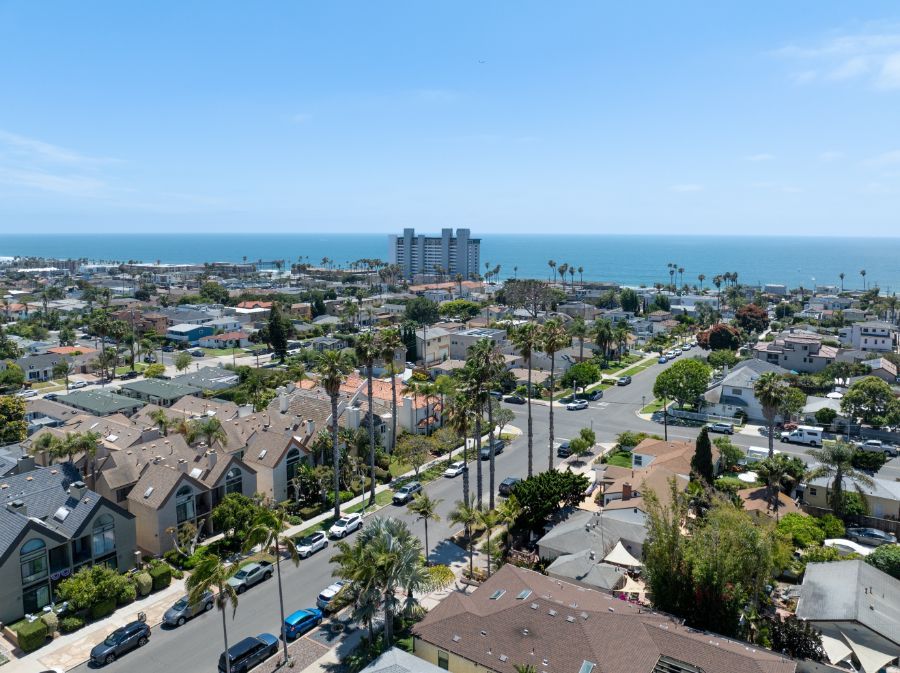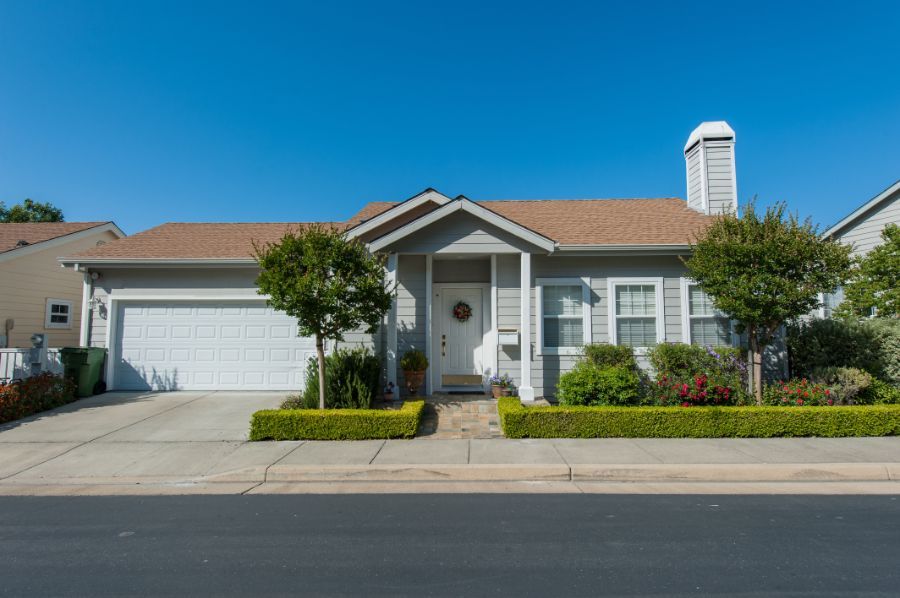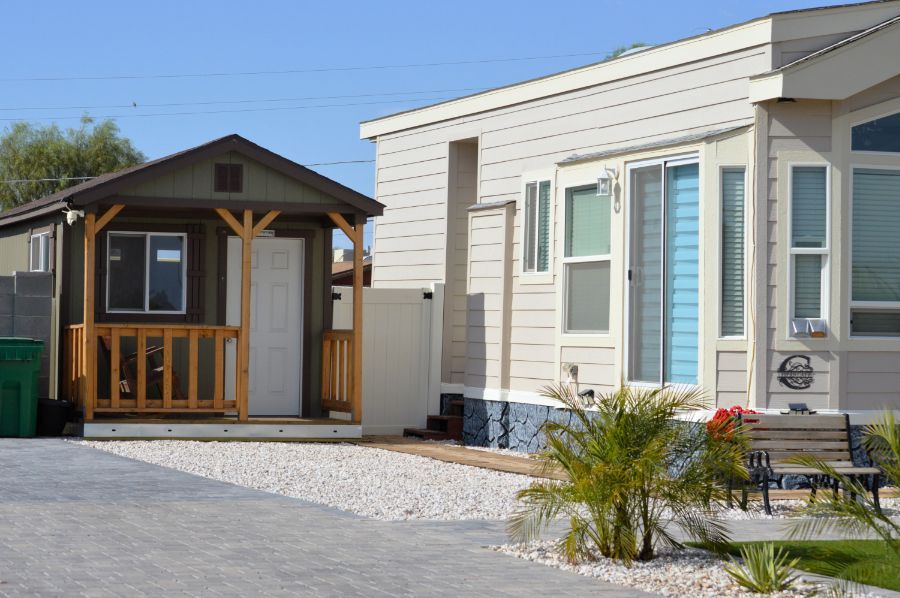Comparing Flooring Options for Your Long Beach Rental
The Right Flooring Attracts Tenants and Saves You on Maintenance

Selecting flooring for your Long Beach rental can be difficult, especially with so many options to consider. Every type of flooring has its own set of pros and cons and making the wrong decision can turn off potential tenants. Ultimately, choosing rental flooring that is sleek and stylish while still durable and easy to clean is the most important factor.
Each room of your Long Beach rental serves a different purpose. As such, a type of flooring that might be ideal for the master bedroom could be a horrible choice for the kitchen. To explain this further, here is a breakdown of the various rental flooring available to you and the best rooms to put them in.
Luxury Vinyl Tile
Luxury Vinyl Tile (or LVT for short) is a fantastic alternative to more popular selections. It does not require extensive cleaning and is less prone to scratches. Additionally, LVT works within any area of your rental.
According to
ImproveNet, material costs run at about $2 to $7 per square foot, and installation costs range between $1 to $4 per square foot.
While there is a wide range of LVT designs that arguably rival the look of wood and carpet, some tenants may remain partial to the glossy shine of finished wood or the cozy feel of carpet. Thus, depending on the demographic your rental is targeting, LVT may not be the best route for you.
Wood
Similar to LVT, wood flooring works within any area of your rental. However, wood lacks the longevity of LVT. Shoes and animal claws can easily scuff the surface. Moreover, if it is in an area prone to spills, such as kitchens, dining rooms, and bathrooms, wood flooring requires recurrent refinishing and resealing to ensure water resistance and prevent mold build-up. These added costs can pose an inconvenience.
If you decide to go with wood flooring, use it in bedrooms and living rooms rather than kitchens, dining rooms, and bathrooms (or save for the cost of periodic refinishing). Also, consider adding throw rugs to keep your tenants’ feet warm in the cooler months when wood surfaces are chilly.
Depending on the type and size of wood,
ImproveNet estimates a material cost of $2 - $20 per square foot. On top of that, Home Depot charges an average installation price of $4 per square foot. Thus, wood is the most expensive type of rental flooring, especially if you factor in the added upkeep.
Carpet
Carpet is most suitable for bedrooms, especially since most tenants enjoy feeling something warm and soft under their toes in the morning. That being said, carpet is a terrible choice for kitchens, dining rooms, and bathrooms, as these areas are more prone to liquid spills that can be near impossible to remove from carpet. Not to mention, nobody wants to put their dripping feet on the carpet after taking a shower.
Carpet can work for living rooms. Nevertheless, it requires extra vacuuming to thoroughly pick out any hair, dust, and food particles that collect within the bristles. Your tenants may not be inclined to take on these cleaning responsibilities. Furthermore, if your tenants have pets, dogs or cats may shred and rip up carpet, especially in frequented areas such as living rooms. If that occurs, you would be responsible for buying replacement carpet and installing it, which is a hassle even if your tenants pay for it.
Home Depot
prices carpet at around $1 - $4 per square foot. Costs vary based on the style, pattern, and texture, but Home Depot has zero installation fees, which makes carpet a cheaper option as opposed to LVT or wood.
Even after taking all these factors into consideration, flooring remains rather specific to your Long Beach rental (or even
ADU). Fortunately, a property management company can tour your premises and determine the best rental flooring options for your tenants. If you are interested in this type of service, we invite you to call us today at (562) 888-0247 or check out our
Free Rental Analysis online.





